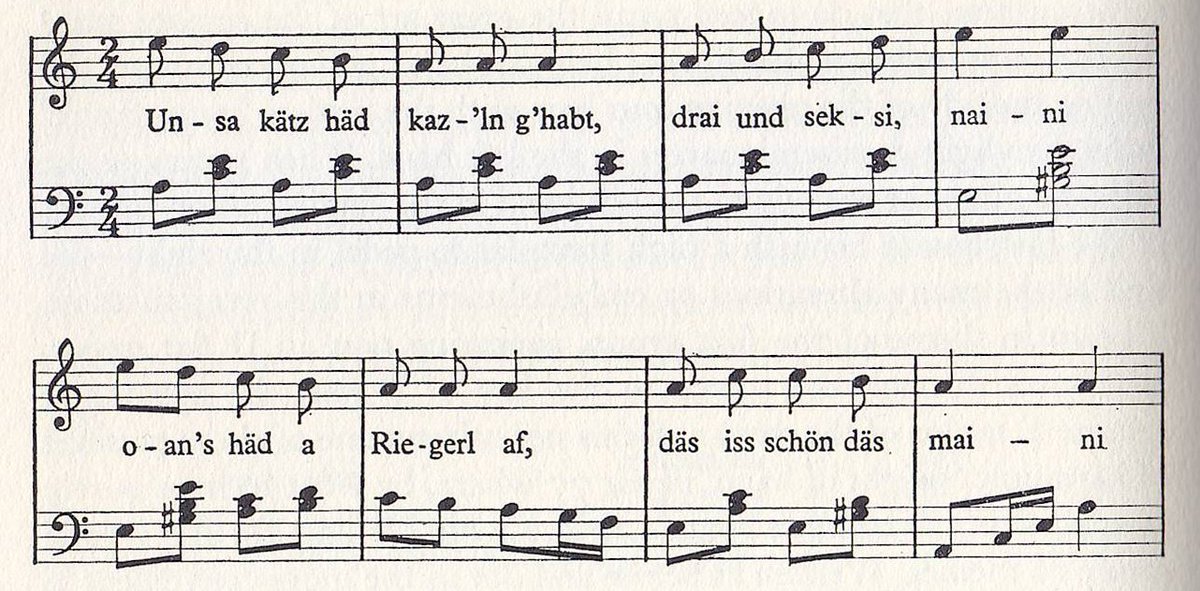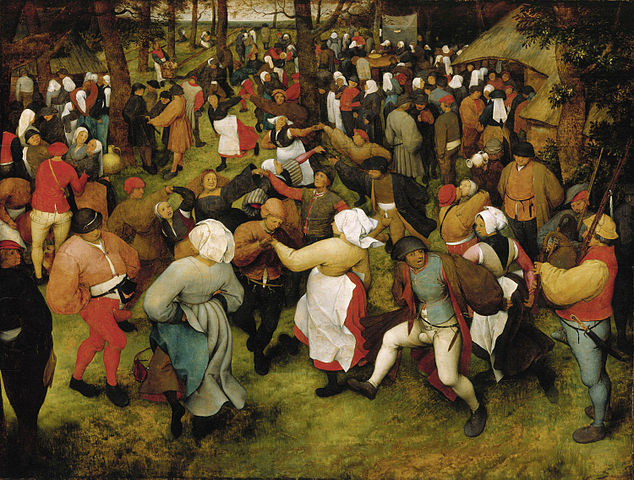Although Beethoven’s final three piano sonatas are very individualistic and quite different from each other, they are often perceived as a type of trilogy: commissioned together, published with consecutive opus numbers, and often recorded together or with the 2 previous sonatas.
Beethoven seems to have worked on his final two piano sonatas concurrently during 1821. An autograph score of the Piano Sonata No. 31 (Opus 110) is dated 25 December 1821, but Beethoven had to work on it some more in early 1822.
#Beethoven250 Day 323
Piano Sonata No. 31 in A♭ Major (Opus 110), 1821–2
An ad may precede this video, but it’s Vladimir Ashkenazy.
The Piano Sonata No. 31 begins with a lovely lyrical cantabile aria punctuated by 32nd-note runs. At times, the movement seems to drift into darker regions, but Beethoven pulls back, as if he’s saving up the more profound statements for later.
The Piano Sonata No. 31 goes straight from the first movement to the second, which functions as a scherzo (although in 2/4 time) and begins with a stark pounding of chords. You might prefer not to know that it’s a quotation from an Austrian folksong:

Beethoven included this music in a letter of 18 March 1820. You’ll want to avoid singing “Our cat her kittens had” to the first seven notes of this movement because it’ll probably stick in your head as it apparently got stuck in Beethoven’s head.
Soon thereafter, the second movement quotes from another folk tune, this one with the lyric “Ich bin lüderlich, du bist lüderlich,” a word that is variously translated as “slovenly” or “dissolute” or even “licentious.”

Martin Cooper rather huffily attributes these quotes to “that Dutch vein of humor which reminds us that the composer’s forebears may well have been among the peasants whose gross amusements we know from the pictures of the Breughels.” (“Beethoven: Last Decade,” p. 191)

Interestingly, Susan Kagan, in her book on Archduke Rudolph (Day 308), cites an 1822 composition by Rudolph of variations on a Czech melody “To Jsou konĕ” (“There are horses”) which she indicates has the same tune as “Ich bin lüderlich” (p. 164, fn. 1).
The final movement of the Piano Sonata No. 31 might actually be two movements, but it doesn’t really make a difference. One might even feel inclined to label it a Fantasia, but what kind of Fantasia has two fugues?
The movement begins with an operatic Adagio, and then switches to 12/16 time for an arioso entitled “Klagender Gesang” (usually translated as Song of Lamentation), a haunting melody accompanied by steady chords in the bass.
This seems to be too long to be a mere introduction, and it is indeed followed by a fugue in gently lolling 6/8 time. Three times Beethoven plays the theme in octaves in the bass, each time dropping it lower, until feels like it’s wrapping up.
Yet, as the fugue slows to a conclusion, we find ourselves again in the arioso, now marked “Ermattet, klagend” (“exhausted, lamenting”), which then leads into another fugue (“gradually coming back to life,” Beethoven wrote), this one with the theme of the first inverted.
After a couple more fugal tricks, the tempo suddenly picks up and we’re soon experiencing a joyful coda with a chord progression reminiscent of the end of the 5th Symphony but with a wonderfully churning figuration in the bass. A spectacular ending!
#Beethoven250 Day 323
Piano Sonata No. 31 in A♭ Major (Opus 110), 1821–2
I love this performance by Singaporean American pianist Kate Liu.